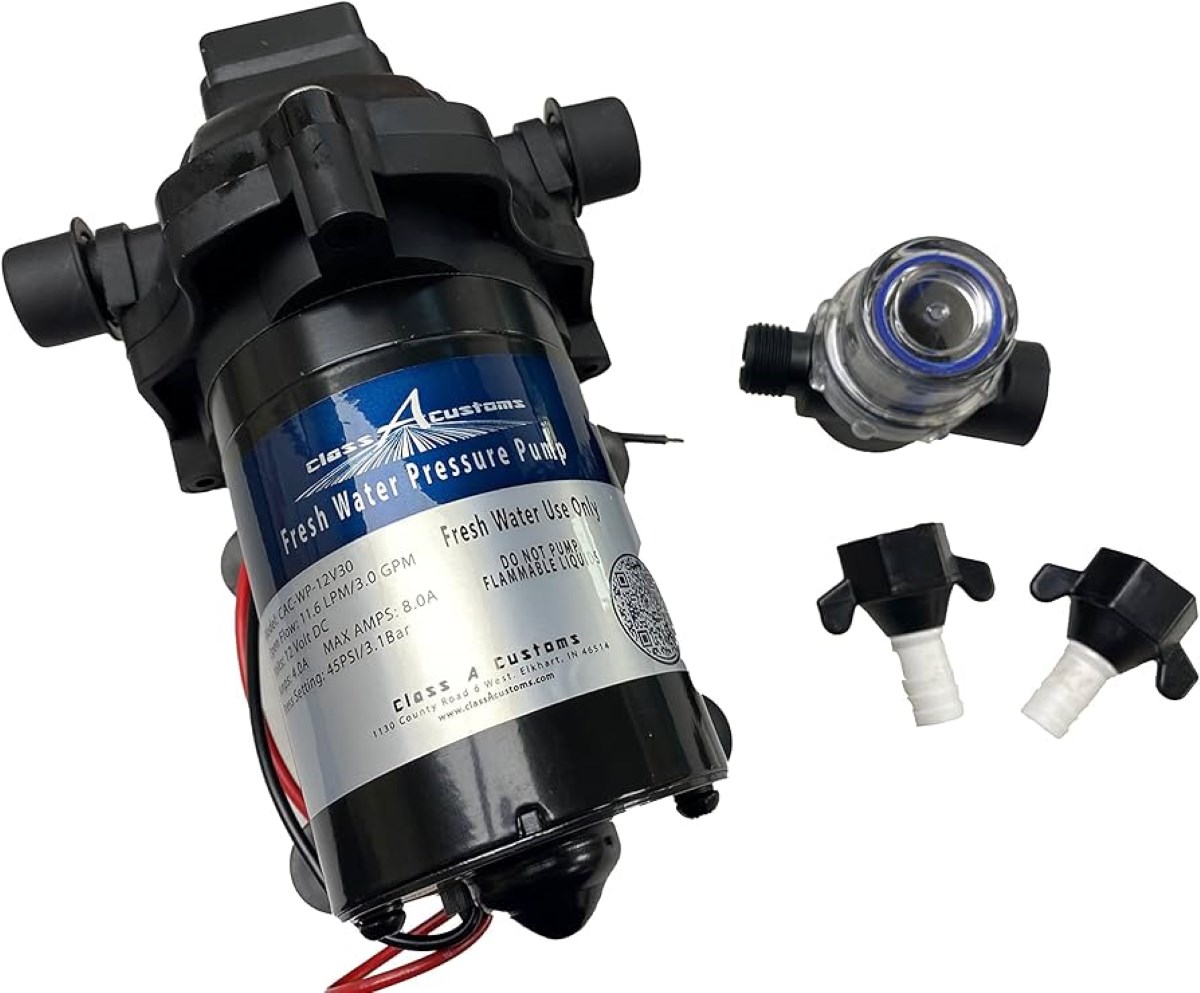

Articles
How Many Amps Does A 12 Volt Water Pump Draw
Modified: December 7, 2023
Discover the average amperage draw of a 12 volt water pump and learn how it impacts your electrical system. Check out our informative articles on Articles!
(Many of the links in this article redirect to a specific reviewed product. Your purchase of these products through affiliate links helps to generate commission for Storables.com, at no extra cost. Learn more)
Introduction
Welcome to our comprehensive guide on how many amps a 12-volt water pump draws. If you’re an outdoor enthusiast, a camper, or someone who relies on a 12-volt water pump for various tasks, understanding the amp draw of your pump is essential. This knowledge can help you determine the power requirements and ensure that you have the right electrical setup to run your water pump efficiently.
Before we dive into the specifics of amperage and voltage, let’s clarify their definitions. Amperage, often referred to as amps, measures the rate of electric current flow. Voltage, on the other hand, measures the force or pressure that moves the current through a circuit. When discussing a 12-volt water pump, we are referring to the voltage it requires to operate.
The amp draw of a 12-volt water pump is influenced by several factors, including the pump’s power rating, the efficiency of its motor, and the workload it is subjected to. In this guide, we will explore these factors and provide you with a general idea of the typical amp draw of common 12-volt water pumps.
There are various types of 12-volt water pumps available in the market, catering to different purposes and applications. From submersible pumps to diaphragm pumps, each type has its own amp draw characteristics. We will discuss these different types and their respective amp requirements.
To accurately measure the amp draw of your water pump, you will need a multimeter or an ammeter. We will guide you through the process of measuring amp draw and explain how to interpret the readings.
Finally, we will provide you with a range of typical amp draws for common 12-volt water pumps. This information will give you a benchmark to assess the efficiency of your pump and compare it to others in the market.
By the end of this article, you will have a better understanding of the amp draw of 12-volt water pumps and be equipped with the knowledge to make informed decisions regarding your water pump setup. So, let’s get started and delve into the fascinating world of amp draw and voltage for 12-volt water pumps!
Key Takeaways:
- Understanding the amp draw of a 12-volt water pump is crucial for selecting the right pump and ensuring your power supply can handle the workload. Factors like power rating, motor efficiency, and workload affect amp draw.
- Different types of 12-volt water pumps have varying amp draw characteristics. Submersible pumps, diaphragm pumps, bilge pumps, transfer pumps, and high-pressure pumps each have unique power requirements. Understanding these differences is essential for choosing the right pump for your specific application.
Read more: How Many Watts Does Water Pump Use
Understanding Amps and Volts
Before we explore the amp draw of a 12-volt water pump, let’s first understand the concepts of amps and volts.
Amps, or amperes, measure the current flow in an electrical circuit. It indicates the number of electrons passing through a point in a circuit per second. Amps are essential because they determine the amount of power consumed or delivered by a device.
Volts, on the other hand, measure the electrical force that pushes the current through a circuit. It represents the potential difference between two points in a circuit and determines how much work the electricity can do. In the case of a 12-volt water pump, it requires a 12-volt power supply to operate efficiently.
To put it simply, amps represent the quantity of electricity flowing, while volts indicate the force or pressure of that electricity. Think of it as a water pipe analogy: amps would be the volume of water flowing through the pipe, and volts would be the water pressure pushing that flow.
In an electrical circuit, the relationship between amps, volts, and power, measured in watts, can be calculated using Ohm’s Law. Ohm’s Law states that the current (amps) flowing through a circuit is equal to the voltage (volts) divided by the resistance (ohms) of the circuit.
So, why is understanding amps and volts important for a 12-volt water pump? Well, knowing the amp draw of a water pump allows you to determine the power requirements and ensure that your power supply can handle the workload. It also helps in selecting the appropriate wiring and circuit protection to prevent electrical overloads and potential damage.
Keep in mind that the amp draw of a 12-volt water pump can vary depending on factors such as the type of pump, motor efficiency, and the load it is placed under. We will explore these factors in more detail in the next section.
Now that we have a basic understanding of amps and volts, let’s move on to the factors that can affect the amp draw of a 12-volt water pump.
Factors Affecting Amp Draw of 12 Volt Water Pump
The amp draw of a 12-volt water pump can be influenced by several factors. Understanding these factors will help you accurately determine the power requirements of your water pump and ensure its efficient operation. Let’s explore the main factors that can affect the amp draw:
- Pump Power Rating: The power rating of a water pump, typically measured in watts, is an important factor affecting amp draw. Higher power-rated pumps generally require more current to run, resulting in a higher amp draw. It is crucial to check the power rating of your water pump and ensure that your power supply can handle the required amperage.
- Motor Efficiency: The efficiency of the water pump’s motor plays a significant role in determining its amp draw. A more efficient motor will convert electrical energy into mechanical energy with minimal losses, resulting in lower amp draw. When shopping for a water pump, consider models with high motor efficiency ratings to reduce power consumption.
- Workload: The workload or the demand placed on the water pump can affect its amp draw. If the pump is required to move water against higher resistance or lift water vertically, it will consume more power and draw more amps. It’s essential to assess the workload your water pump will face and choose a model capable of handling the specific requirements.
- Wiring and Circuit Length: The length and gauge of the wiring used in the electrical circuit powering the water pump can impact amp draw. Longer wires and narrower gauge sizes can lead to higher resistance, causing voltage drops and increased amp draw. It is crucial to use appropriately sized wires and minimize the length of the circuit to minimize power losses.
- Battery Condition: For portable applications that rely on batteries to power the water pump, the condition of the battery can affect amp draw. A drained or weak battery may struggle to deliver the required voltage, causing the pump to draw more amps to compensate. It’s important to ensure that the battery is charged and in good condition to avoid excessive amp draw.
By considering these factors, you can better understand the amp draw requirements of your 12-volt water pump. This knowledge will enable you to choose the right pump for your needs and ensure that your power supply and electrical system are appropriately configured.
In the next section, we will explore the different types of 12-volt water pumps available in the market and their respective amp draw characteristics.
Types of 12 Volt Water Pumps
There are various types of 12-volt water pumps available, each designed for specific applications and purposes. Understanding the different types will help you determine which pump is best suited for your needs and provide insights into their respective amp draw characteristics. Let’s explore some common types of 12-volt water pumps:
- Submersible Pumps: Submersible pumps are designed to be fully submerged in water, such as in wells, ponds, or tanks. These pumps are compact and efficient, making them ideal for applications where space is limited. Submersible pumps draw water through an underwater intake and push it out through a discharge port. The amp draw of submersible pumps can vary depending on their power rating and the specific model.
- Diaphragm Pumps: Diaphragm pumps are versatile and commonly used for applications such as RVs, boats, and agricultural sprayers. These pumps use a reciprocating diaphragm to create pressure differentials, drawing in and pushing out fluids. Diaphragm pumps are known for their consistent flow and self-priming capabilities. The amp draw of diaphragm pumps can vary depending on factors like the pump’s power rating and the workload it faces.
- Bilge Pumps: Bilge pumps are typically used on boats to remove water from the bilge or lowest part of the vessel. These pumps are designed to handle water with debris and are often automatic, activating when water levels rise. Bilge pumps can have different amp draw ranges depending on their capacity, power rating, and features like automatic sensors.
- Transfer Pumps: Transfer pumps are commonly used for moving water from one location to another. They are versatile and can be used in various environments, including farms, construction sites, and emergency situations. Transfer pumps can have different amp draw requirements depending on their power rating, capacity, and the specific application they are used for.
- High-Pressure Pumps: High-pressure pumps are designed to generate significant pressure to deliver water with high force. They are often used in applications that require water to be delivered at high pressure, such as pressure washers or firefighting equipment. High-pressure pumps tend to have higher amp draw requirements due to the additional power needed to generate the pressure.
It’s important to note that the amp draw of each type of water pump can vary depending on factors such as the specific model, power rating, motor efficiency, and workload. Manufacturers usually provide specifications, including the amp draw, for their pumps, allowing you to determine if it aligns with your power supply capabilities.
Now that we have explored the different types of 12-volt water pumps, let’s move on to understanding how to measure the amp draw of a 12-volt water pump accurately.
When calculating the amps drawn by a 12 volt water pump, use the formula Amps = Watts / Volts. Check the pump’s specifications for its wattage and use 12 volts for the voltage.
Measuring Amp Draw of a 12 Volt Water Pump
To accurately determine the amp draw of a 12-volt water pump, you will need a multimeter or an ammeter. These devices measure the electrical current flowing through a circuit and provide a reading in amps. Follow these steps to measure the amp draw of your 12-volt water pump:
- Select the Proper Setting: Set your multimeter or ammeter to the DC (direct current) amp measurement setting. Ensure that the range is appropriate to handle the expected amp draw of the water pump. If you’re unsure, start with the highest range and adjust accordingly.
- Prepare the Circuit: Turn off the power supply to the water pump and disconnect it from the power source. This step is crucial for safety and to prevent any electrical shock or damage to the meter. Make sure there is enough slack in the wires to attach the meter inline with the circuit.
- Connect the Meter: Connect the positive (red) meter lead to the positive wire of the water pump and the negative (black) meter lead to the negative wire. Ensure a secure and proper connection to obtain an accurate reading.
- Turn on the Power: Restore the power supply to the water pump, and observe the amp reading on the meter. The meter will display the amp draw of the water pump in real-time.
- Take Multiple Readings: To obtain an accurate measurement, take multiple readings over a consistent period. This will help account for any fluctuations in the amp draw due to start-up or varying loads.
- Calculate Average Amp Draw: If you have taken multiple readings, calculate the average amp draw of the water pump by summing up the readings and dividing by the number of readings taken. This will give you a more reliable value.
By measuring the amp draw of your 12-volt water pump, you can assess its power consumption and ensure that your power supply can handle the requirements. It’s essential to note that the amp draw may fluctuate depending on factors such as motor load, inlet restrictions, and voltage stability.
Now that you know how to measure the amp draw, let’s move on to the typical amp draw ranges for common 12-volt water pumps.
Read more: How Many Amps Does A Freezer Use
Typical Amp Draw of Common 12 Volt Water Pumps
The amp draw of a 12-volt water pump can vary depending on factors such as the pump’s power rating, motor efficiency, workload, and specific model. While actual amp draw values may differ, here are some general ranges for typical amp draw of common 12-volt water pumps:
- Submersible Pumps: Submersible pumps typically have a power rating ranging from 40 to 120 watts. Their amp draw can vary from around 2 to 8 amps, depending on the size and model of the pump.
- Diaphragm Pumps: Diaphragm pumps generally have a power rating ranging from 5 to 15 amps. Their amp draw can vary from approximately 1 to 5 amps, depending on the specific model and workload.
- Bilge Pumps: The power rating of bilge pumps can range from 2 to 10 amps. Their amp draw usually falls within the range of 0.5 to 5 amps, depending on the capacity and features of the pump.
- Transfer Pumps: Transfer pumps typically have a power rating ranging from 5 to 15 amps. Their amp draw can vary from around 1 to 8 amps, depending on the specific model and workload.
- High-Pressure Pumps: High-pressure pumps have a higher power rating compared to other types, ranging from 10 to 30 amps. Their amp draw can fall within the range of 2 to 15 amps, depending on the power rating and the pressure requirements.
The values provided above are rough estimates and can vary based on different factors such as pump efficiency, motor load, and specific operating conditions. Manufacturers usually provide amp draw specifications for their water pumps, allowing you to get precise information for the models you’re interested in.
Remember, it’s essential to ensure that your power supply and electrical setup can handle the amp draw of the water pump you intend to use. Using wiring and circuit protection that can safely accommodate the amp draw will prevent electrical issues and ensure the smooth operation of your water pump.
Now that we have explored the typical amp draw ranges for common 12-volt water pumps, let’s conclude our guide.
Conclusion
Understanding the amp draw of a 12-volt water pump is crucial for anyone relying on these pumps for various tasks, whether it’s camping, boating, or other outdoor activities. By grasping the concepts of amps and volts, you can better comprehend the power requirements and ensure that your electrical setup can handle the workload of the water pump.
We explored the factors that affect the amp draw of a 12-volt water pump, including the power rating, motor efficiency, workload, wiring, and battery condition. By considering these factors, you can select the right water pump for your needs and ensure that your power supply and electrical system are properly configured.
We also discussed the different types of 12-volt water pumps available, such as submersible pumps, diaphragm pumps, bilge pumps, transfer pumps, and high-pressure pumps. Each type has its own amp draw characteristics, depending on factors like power rating and workload. Understanding the amp draw range for these pump types can help you make informed decisions when choosing the right pump for your application.
To accurately measure the amp draw of a 12-volt water pump, we provided step-by-step instructions on using a multimeter or ammeter. By following these steps, you can obtain precise readings of the amp draw, allowing you to assess the power consumption of your water pump more effectively.
Lastly, we discussed typical amp draw ranges for common 12-volt water pumps. While actual values may vary depending on several factors, the ranges provided can serve as a general guideline to give you an idea of the typical amp draw for different pump types.
Remember, it’s essential to always refer to the manufacturer’s specifications for accurate and specific amp draw information for your chosen water pump model.
With the knowledge gained from this guide, you are now equipped to make informed decisions regarding the amp draw of a 12-volt water pump. Ensure that your power supply and electrical system can handle the amp requirements of your water pump, and enjoy a reliable and efficient water pumping experience.
Frequently Asked Questions about How Many Amps Does A 12 Volt Water Pump Draw
Was this page helpful?
At Storables.com, we guarantee accurate and reliable information. Our content, validated by Expert Board Contributors, is crafted following stringent Editorial Policies. We're committed to providing you with well-researched, expert-backed insights for all your informational needs.


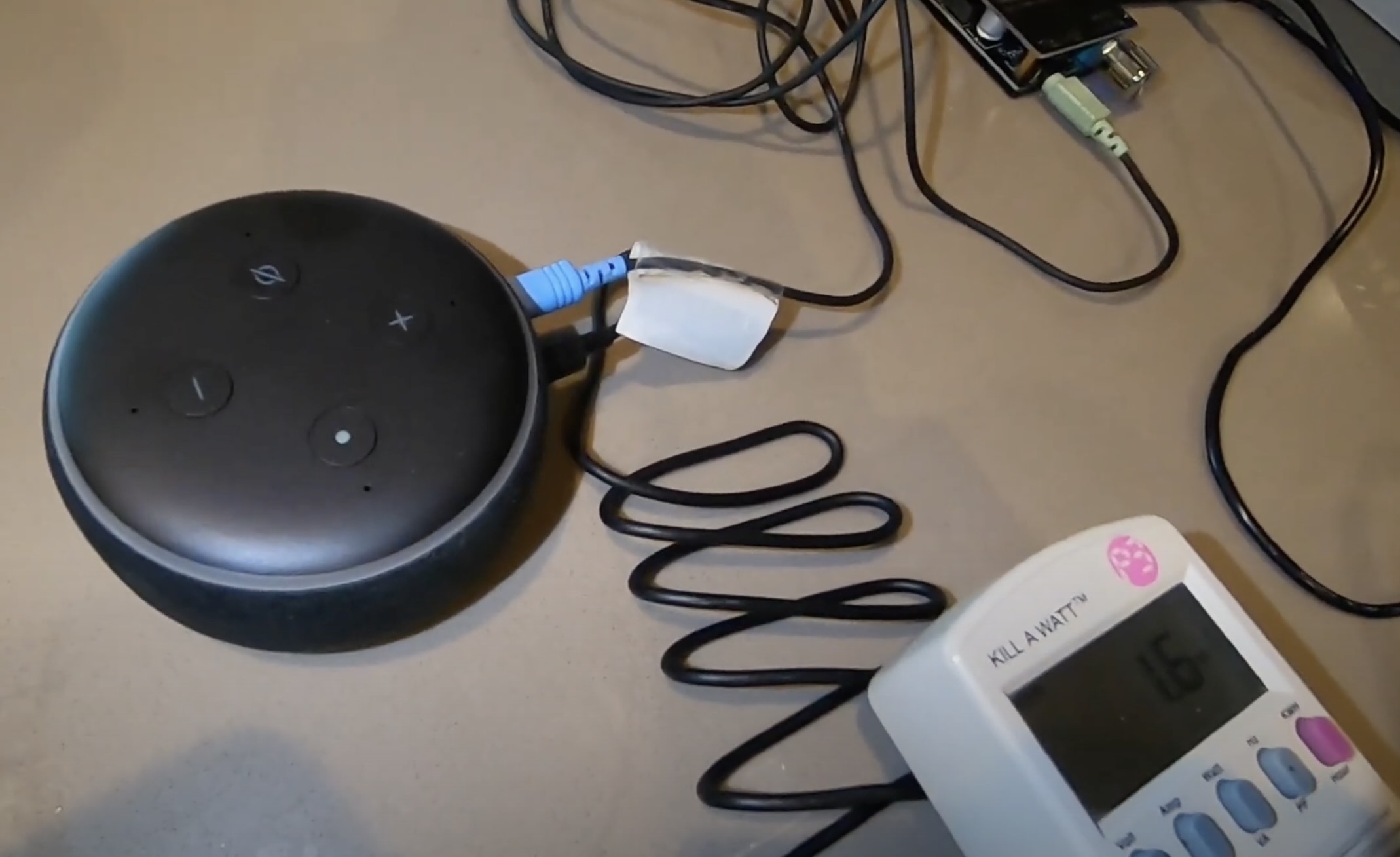
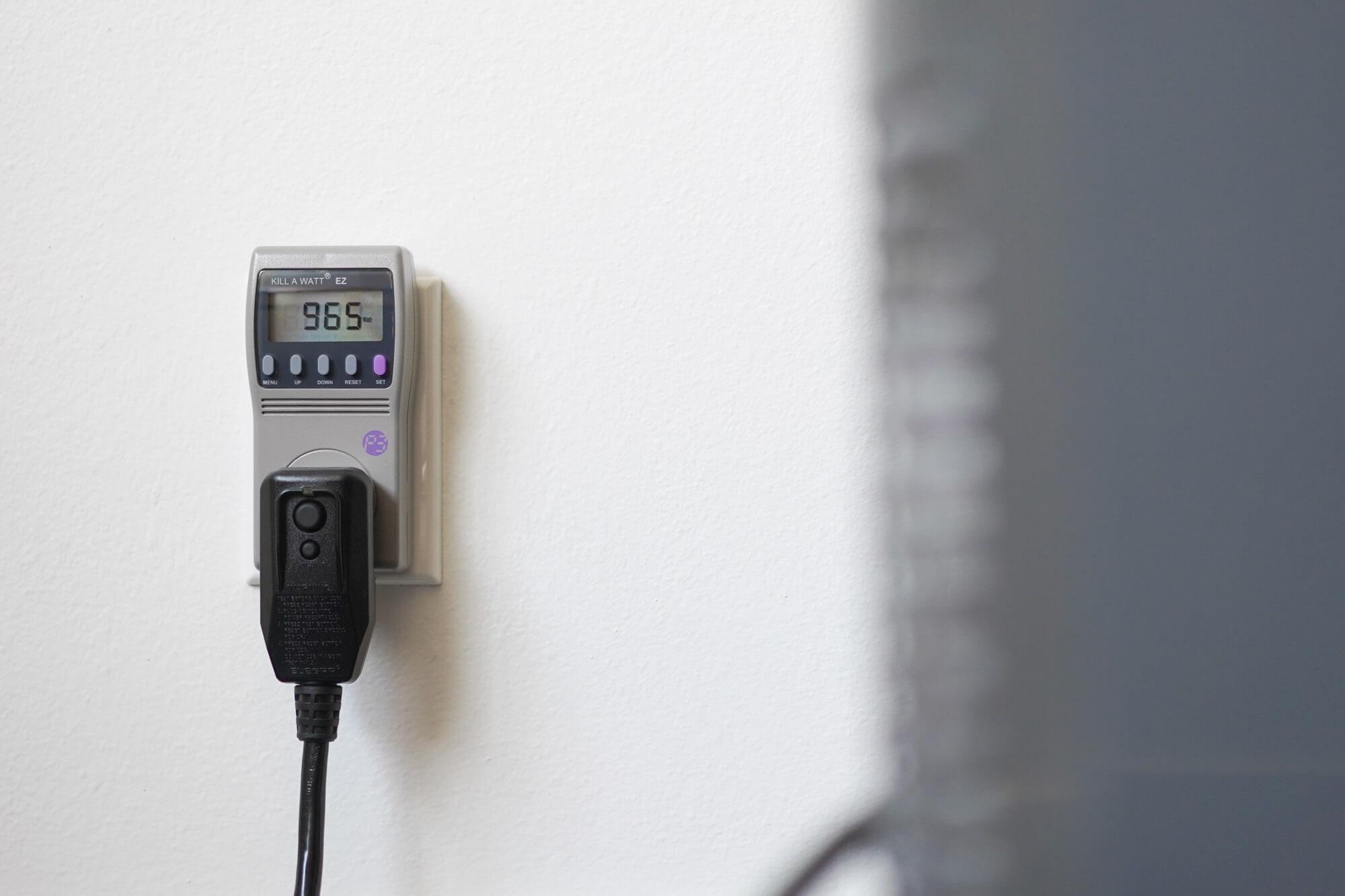
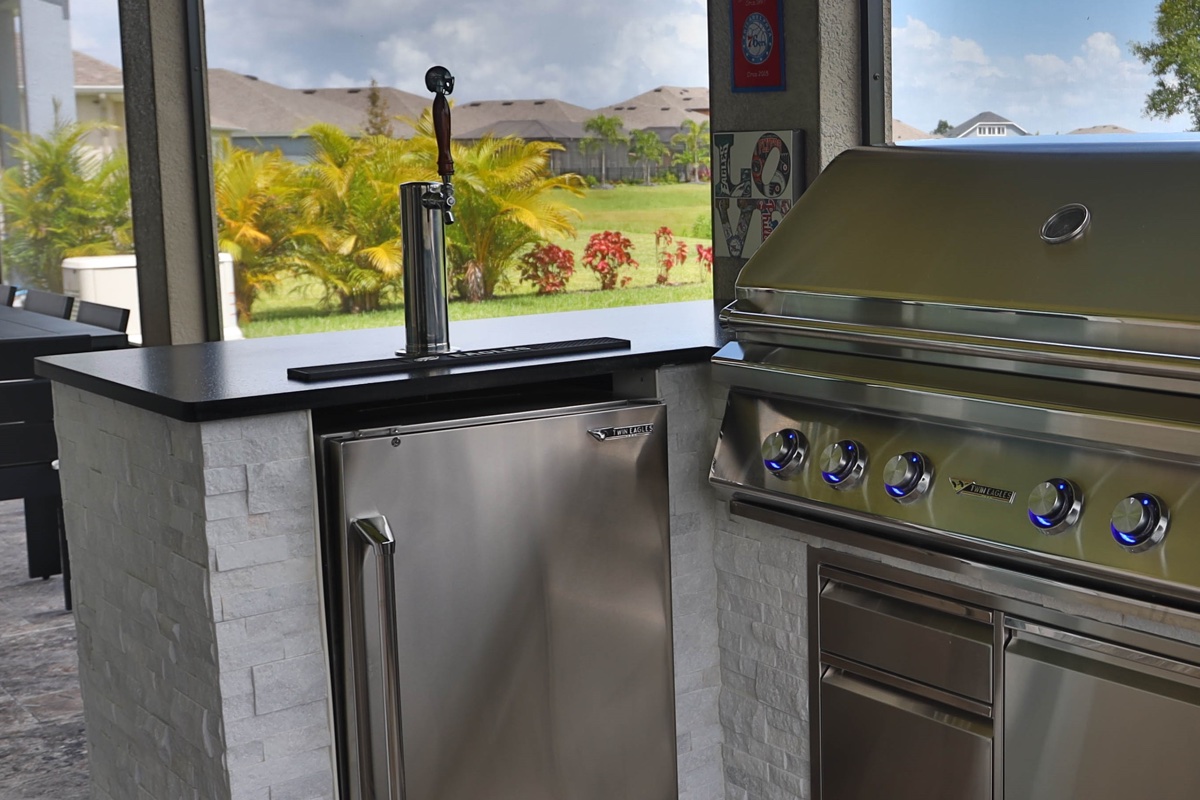
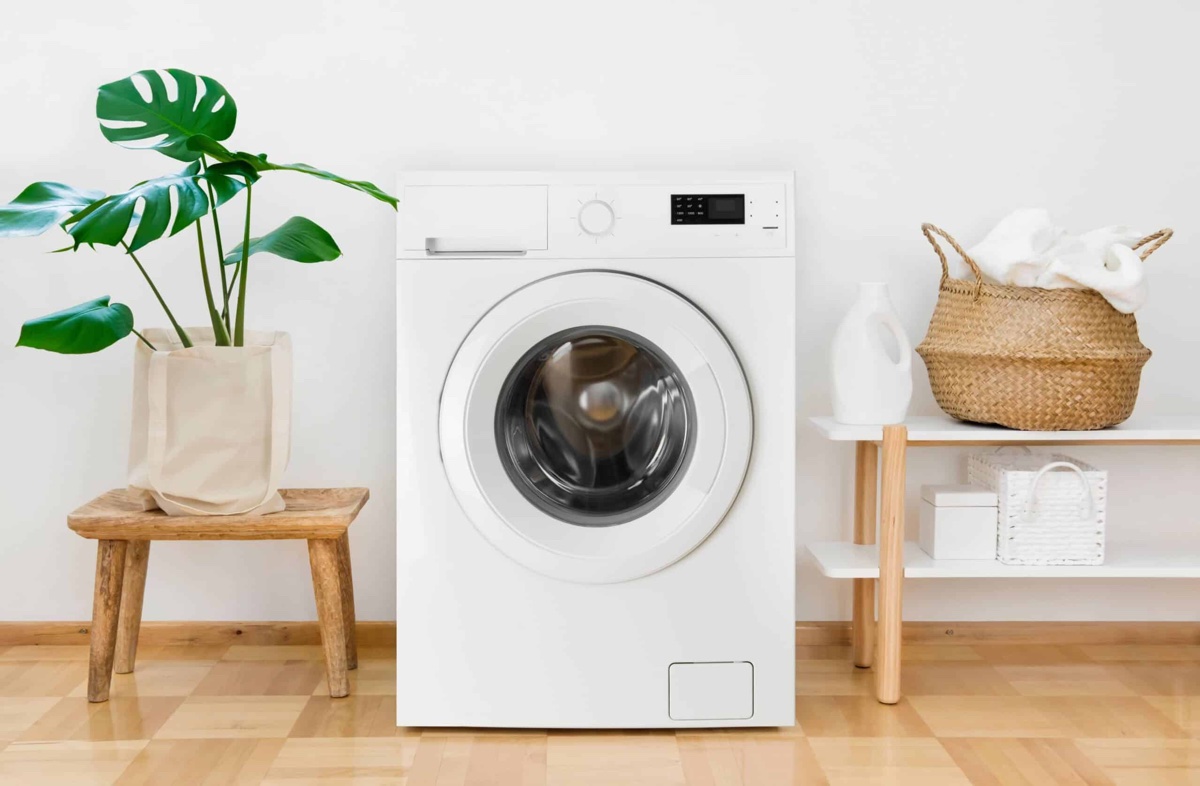
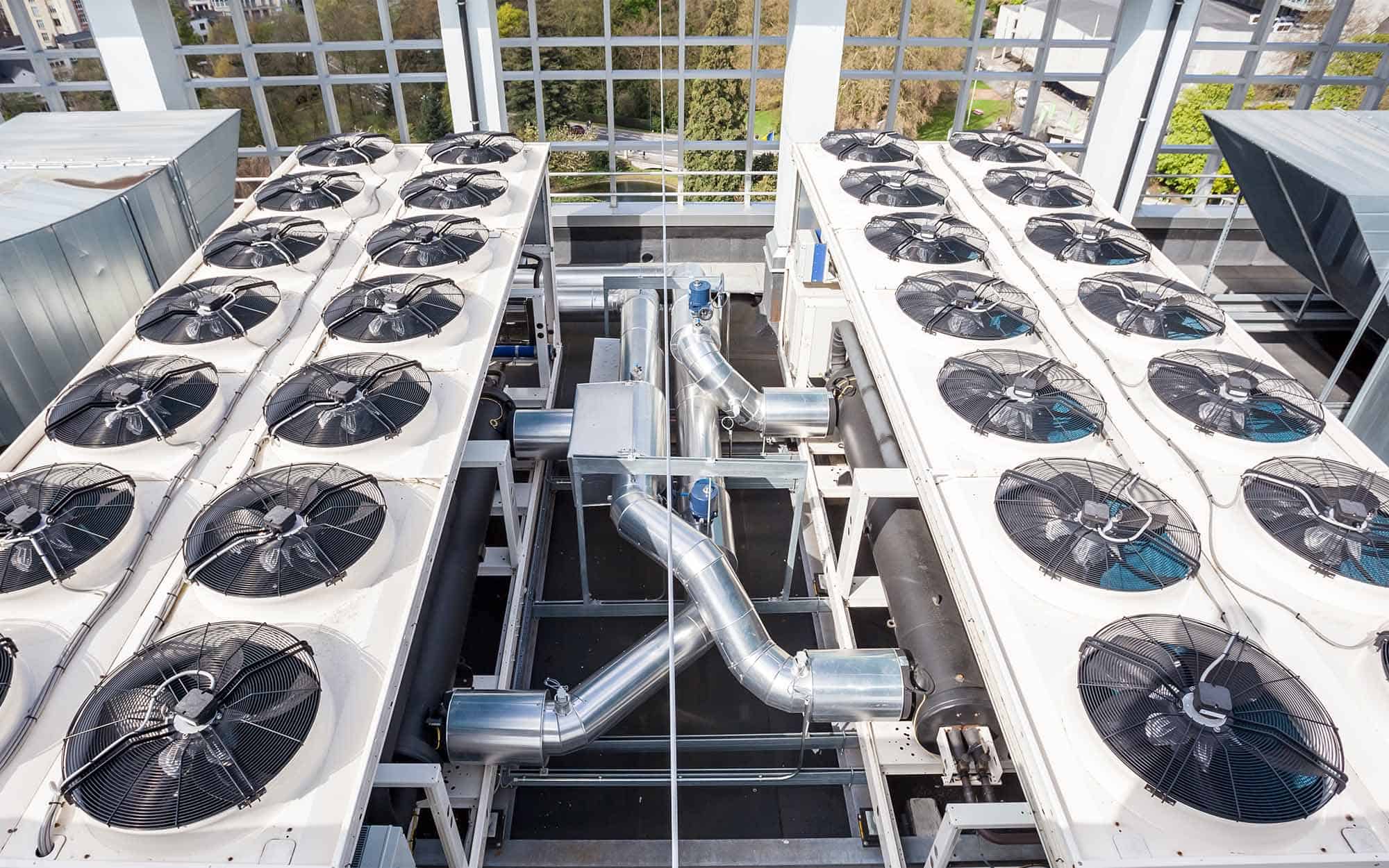

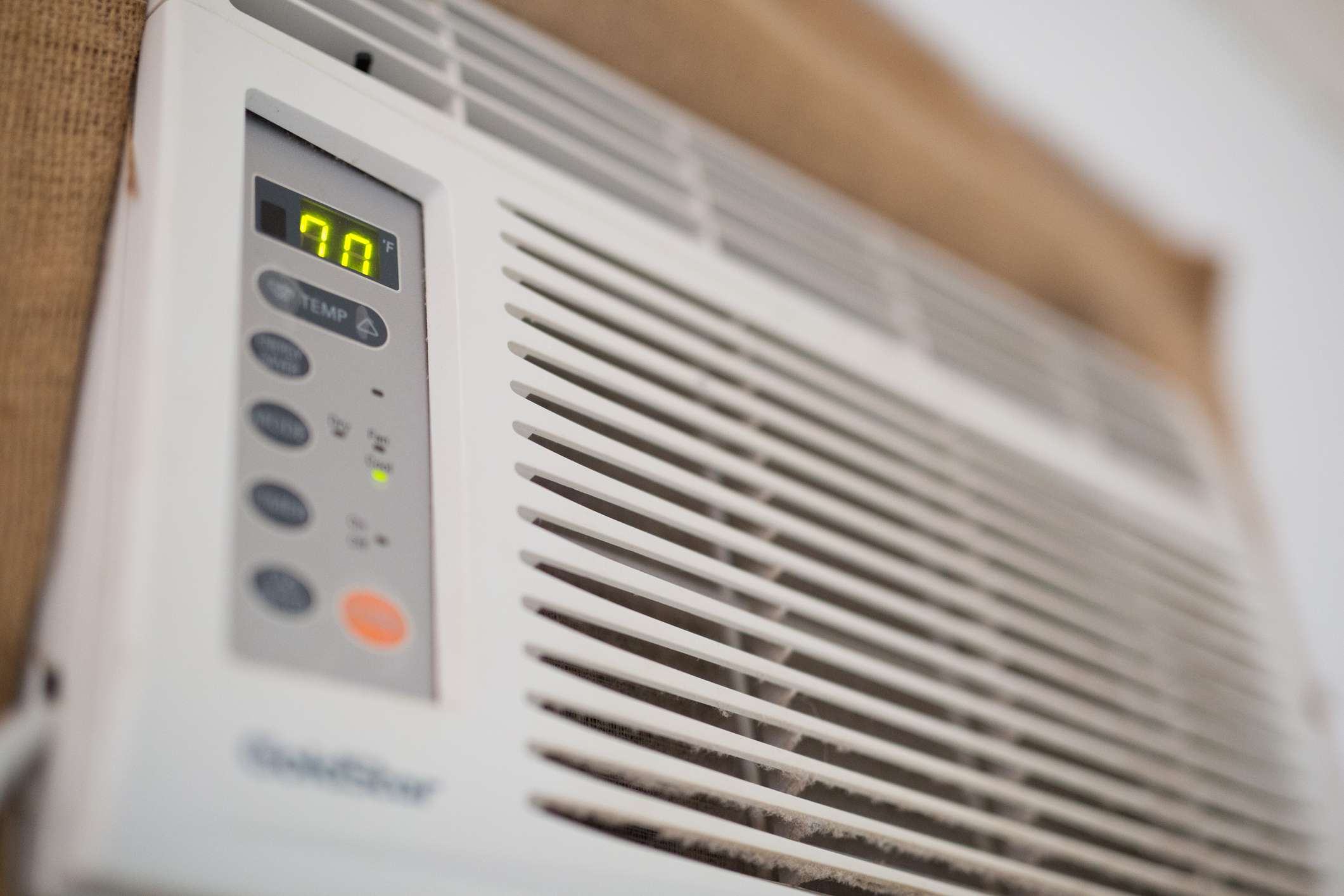
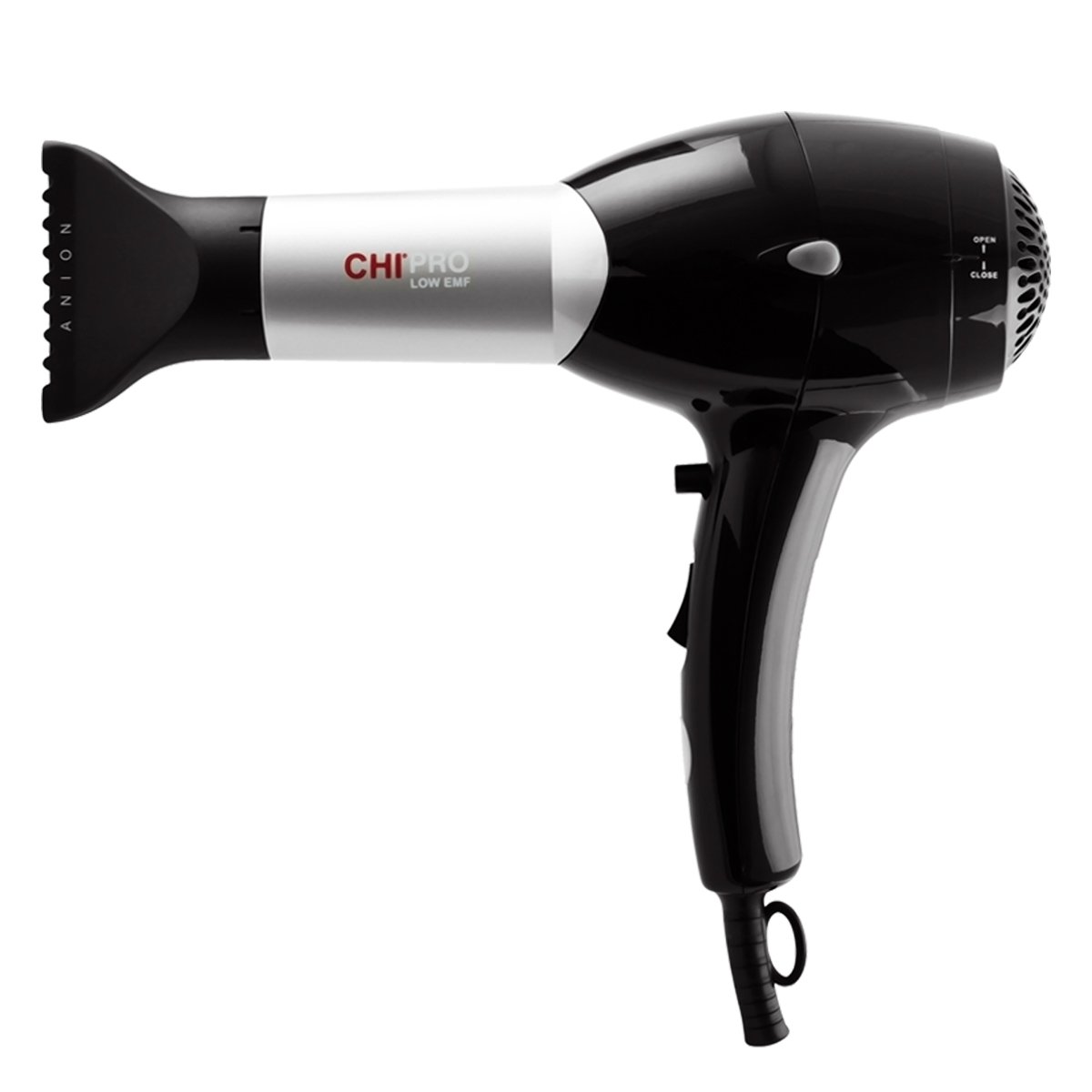

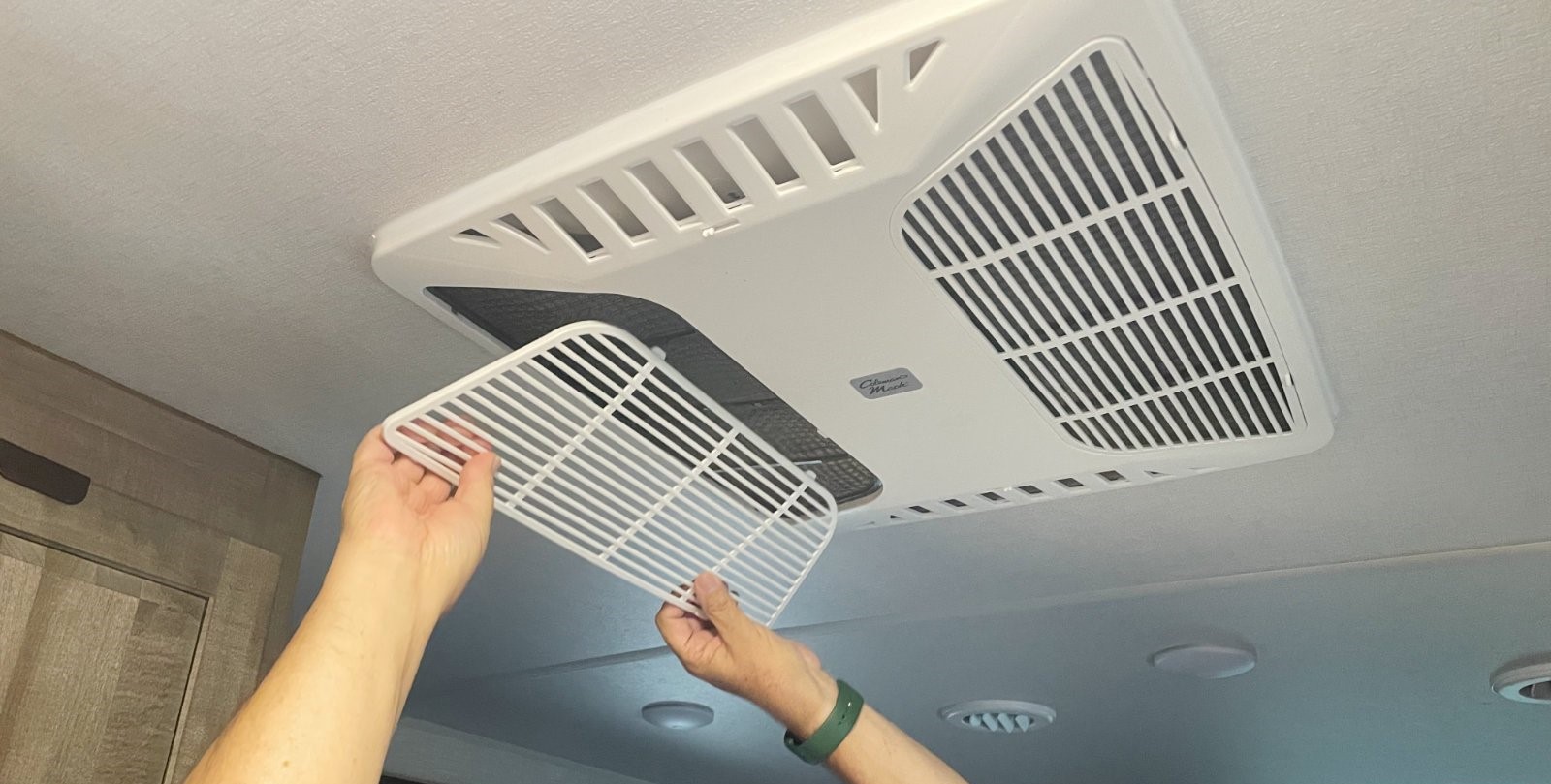
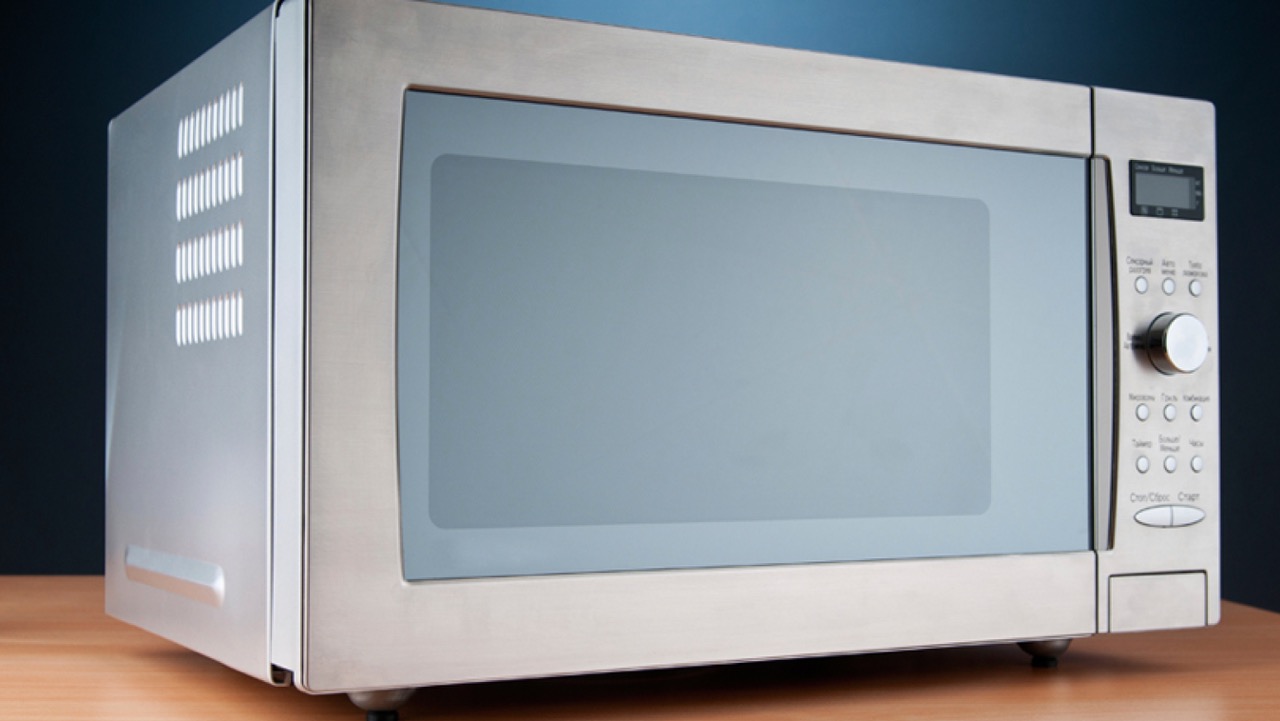
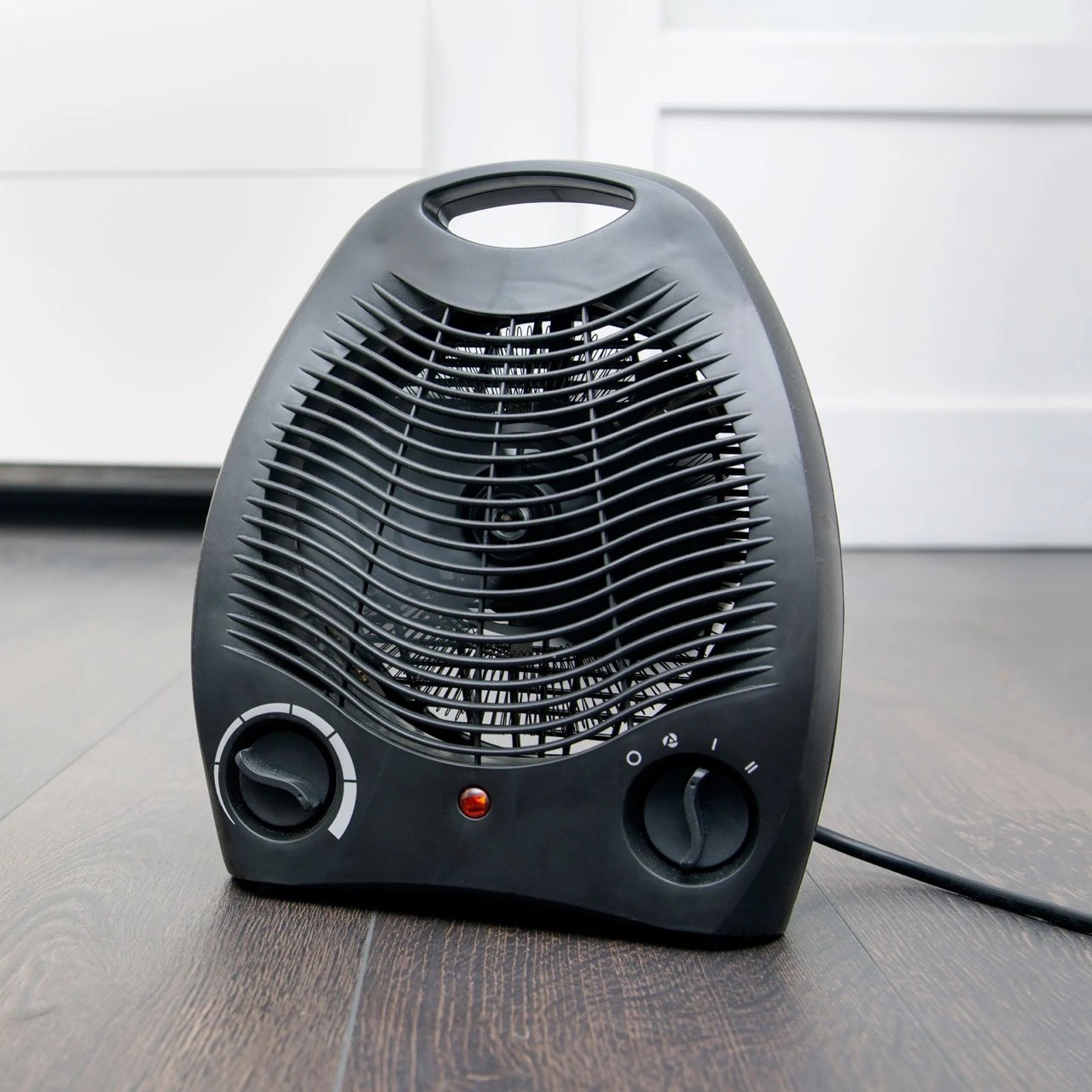

0 thoughts on “How Many Amps Does A 12 Volt Water Pump Draw”